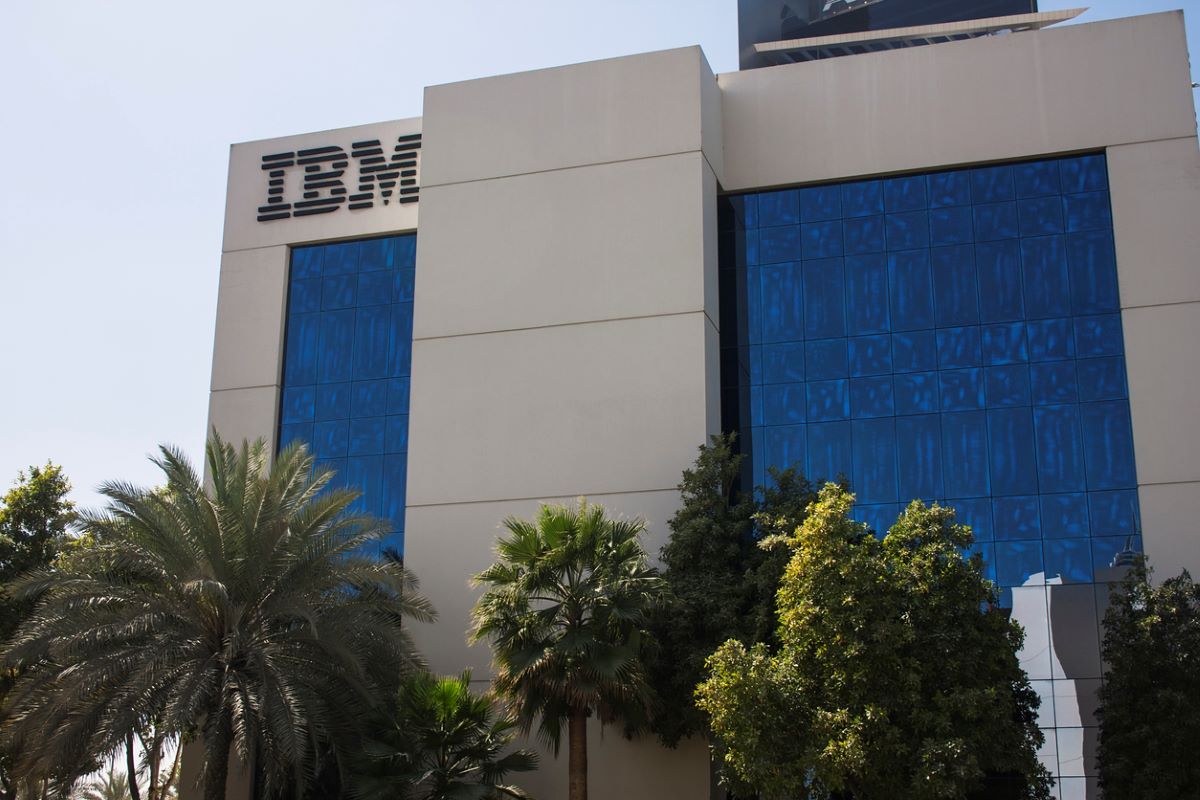IBM’s 6-point wellness program leans on tech prowess to generate engagement and results
A strategy of listening, co-creation, and measuring results proves a winner for this global tech giant.

IBM, one of the leading computer companies in the world, knows a thing or two about technology. So it makes sense that its award-winning employee wellness program “Live Well. Live Better.” uses a lot of technology.
IBM sees employee health as a pathway to high performance. It has an award-winning occupational safety program that began in 1967. Its current workplace wellness efforts date to the nineties. “Wellbeing is seen as a critical element of our success,” says Vice President of Health and Benefits Marianne McManus. “Belief and practices have to be embedded in the culture, and it starts with leadership.”

More than eight out of 10 IBM employees—the Armonk, New York-based company employs 350,000 workers globally—use some aspect of the wellness program. In a recent survey, 86% of workers reported being asked about their well-being by managers. “We take a very holistic approach and prefer evidence-based strategies and solutions,” McManus says. “We involve employees in the development of the programs. Co-creation is very big here.”
Some elements of IMB’s wellness programs include:
- An EAP for all IBMers and their household members around the world at any time.
- Critical incident response tools for managers.
- “Ask Health and Safety,” a digital medical and safety tool where employees can ask questions and get answers quickly.
- Physical activity programs in movement, stretching, and ergonomics (including in remote work settings).
- Financial wellness with counseling, webinars and seminars on various topics
- Vendor partnerships offering support for specific underserved employee groups
An easy switch to digital
IBM’s wellness team gathers employee feedback via periodic surveys. The team also uses focus groups, design thinking sessions, and an employee-engagement survey. Slack is used for informal polls, gathering quick feedback on wellness program details and preferences. All of these tools drive modifications.
The wellness team’s reliance on digital tools served IBM well when it shifted 95% of its employees to remote work during the pandemic. “We’re a tech company, so it was easy to switch to digital,” McManus says.

Since January, the company has already put on 250 virtual wellness events around the globe, with 3,000 employees participating. McManus says the team worked to anticipate employee needs. For instance, the wellness team knew employees wouldn’t be able to visit primary-care physicians during the pandemic, so it expanded telehealth offerings, including behavioral health. And to address anticipated mental-health issues, it expanded services but also created opportunities to combat social isolation. IBM’s wellness champions organized trivia nights, poetry nights, and yoga classes for fellow employees.
On top of expansions on paid leave, backup childcare, and financial and emotional support, IBM decided to throw out its annual enrollment cycle.
“The biggest change for 2020 for benefits and well-being practitioners, for IBM and beyond, is how agile we became,” says McManus. “Rolling out offerings as they were needed versus an annual cycle.”
Mental health efforts show positive ROI
The mental health conversation continues to go strong at IBM. The organization focuses on it every year with an annual week-long event in October. It hosts virtual chats and Town Halls with senior leadership, offers various webinars and seminars, and highlights grassroots activities around mental health.
This October, IBM is focusing on mental-health allies. IBM created a mental-health pledge, which asks employees to commit to being mindful and take steps to ensure their own mental well-being and that of others. Employees who go through the program will be certified as allies and receive a badge.
McManus says IBM views mental health and emotional well-being on a continuum, so it’s developed offerings at various steps along the spectrum. Wellness programs uses a digital resiliency tool called meQuilibrium, which offers preventative-care practices, coping and resiliency skills, and stress management. It connects employees to the EAP when more significant challenges are revealed. The EAP covers face-to-face, televisits, and chat options for counseling.
Benchmark data pulled from EAP participation shows a higher usage than its competitors. McManus says this doesn’t mean IBM employees are experiencing more mental health issues and medical claims data agrees. “We think it’s because of our awareness efforts and the destigmatization campaigns we’ve tried to do that our workforce is actually engaging in these services and being proactive about taking care of themselves,” says McManus.
Communication and measuring is essential
IBM uses a strategic communications process across multiple digital channels, including:
- Blogs
- Slack
- Microsites or hubs
- Digital newsletters
- Apps
- Livestream town halls
- Videos
“Effectively communicating through a multitude of channels and trying to stay as culturally relevant as possible really contributes to the success,” McManus says.
IBM hosts town hall sessions called “Ask Me Anything,” where employees can ask anything of senior leaders and get a response in real-time. These took place before and during the pandemic and will continue into the future.
A November engagement survey showed that 88% of IBM employees felt they could be their authentic selves at work. Eighty-four percent would recommend IBM as a great place to work, and McManus says that number increases year to year. To gauge employee happiness and engagement, IBM measures metrics such as:
- Employee participation in a wellness tool.
- Employee progression through a wellness program.
- Medical claims data.
- Disability data.
IBM benefits from leadership support, co-creating programs with employees, and tracking metrics. It’s resulted in a winning wellness strategy. “The reason we get good traction is because we are asking employees what they need and are trying to program around that,” McManus says.
Part of our collection of Top Reads of 2021.
COMMENT
Ragan.com Daily Headlines
RECOMMENDED READING
Tags: engagement, IBM, Measurement, mental health, wellness tech

